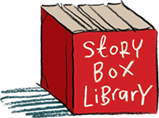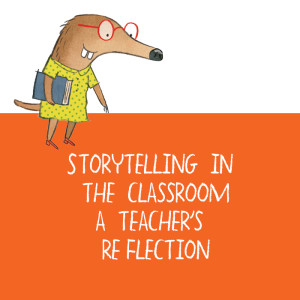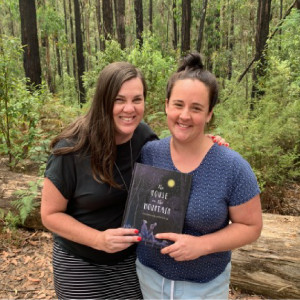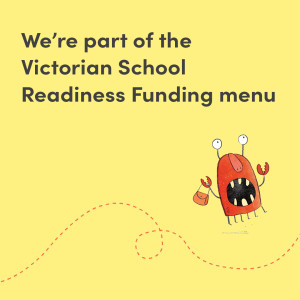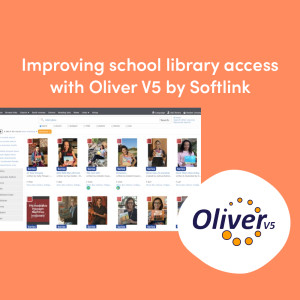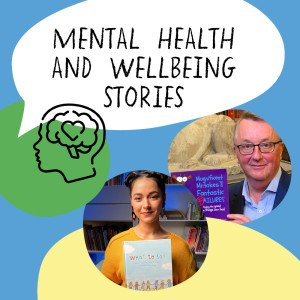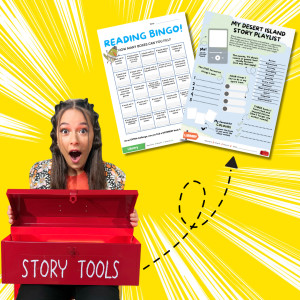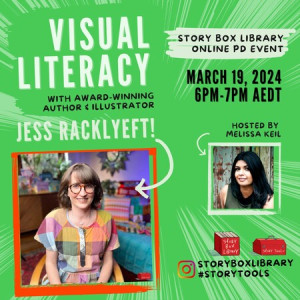Exploring anxiety and resilience through storytelling
28 Jan 2021
Being a kid isn’t easy. Every day, there are new lessons, including learning to face and/or overcome challenges. As many prepare to return to school for term one, or are being thrust back into lockdown restrictions and home-schooling across the globe, many little ones may be feeling overwhelmed. Trying to make sense of a changing world, especially in the throes of a global pandemic, can create feelings of isolation, upset or distress at the unknown.
While children cannot be protected from everything, it is important to open up a dialogue with them about what they are feeling at times like this. From parents to teachers and other mentors, children need help and guidance to learn how to cope with big feelings, and narrative storytelling can be a powerful tool to help with these lessons. Between pandemic lockdowns, environmental catastrophes, and even the grief or loss of a pet or family member, young minds are dealing with a lot.
Parents and mentors can show kids how to cope with anxiety and stress, by teaching strategies for resilience. As studies have shown, anxiety and stress can have short- and serious long-term consequences on a child’s emotional, social and even physical development. By using the tools available in stories and narratives, such as characters, language and stories that children can understand and relate to, we can work to build capability, independence and strength.
Parents and teachers can also use current lockdown and pandemic stress as an opportunity to have a wider conversation about mental health, anxiety and stress. Many young learners don’t have the language to identify and communicate the ways they may be feeling, especially if they are confused by what’s happening in the world. Teaching resilience with storytelling and creativity from a young age can serve them well into being capable and adaptable adults, with high emotional intelligence who are attuned to caring for their own wellbeing.
Using narrative to teach resilience
I’m a Hero Too, written and read by Jamila Rizvi, was created to encourage bravery and courage, specifically in the context of COVID 19 restrictions. Inspired by her own experience helping her son to navigate the Melbourne lockdown, Jamila’s story helps children make sense of their world, and be reassured of the support and care around them.
Read by firefighter Kate Faith, The Bushfire Book is a practical story to help children understand what causes bushfires, and what they can do to protect themselves and their family if they encounter one.
If things are feeling a little too fast-paced for some, Slow Down, World, written and illustrated by Tai Snaith, and read by the dynamic Emilie Zoey Baker, shows the importance of making your own way with bravery, and taking your time.
Exploring creative play as a tool for resilience
Participating in creative and educational play is proven to improve children’s emotional, mental and even physical wellbeing. Not only does it provide opportunities for young minds to express themselves in a non-judgemental and open forum, it can allow them to connect with friends and share their stories, even without words, using colours, images and their chosen craft.
Teachers and families can engage in positive storytelling, activities and creative and educational play, through our expert-designed Activity Time resources. Accompanying each story, many promote wellbeing in children of all ages, and can be done at home or in the classroom. If current restrictions don’t allow in-home visits, you can try organising a regular catch-up video call between schoolkids and friends, where they can do an Activity Time together and show off their creations.
Click here to find more stories with a focus on anxiety and resilience.
For more educator and parent resources, visit our tips for helping children process challenging topics.
